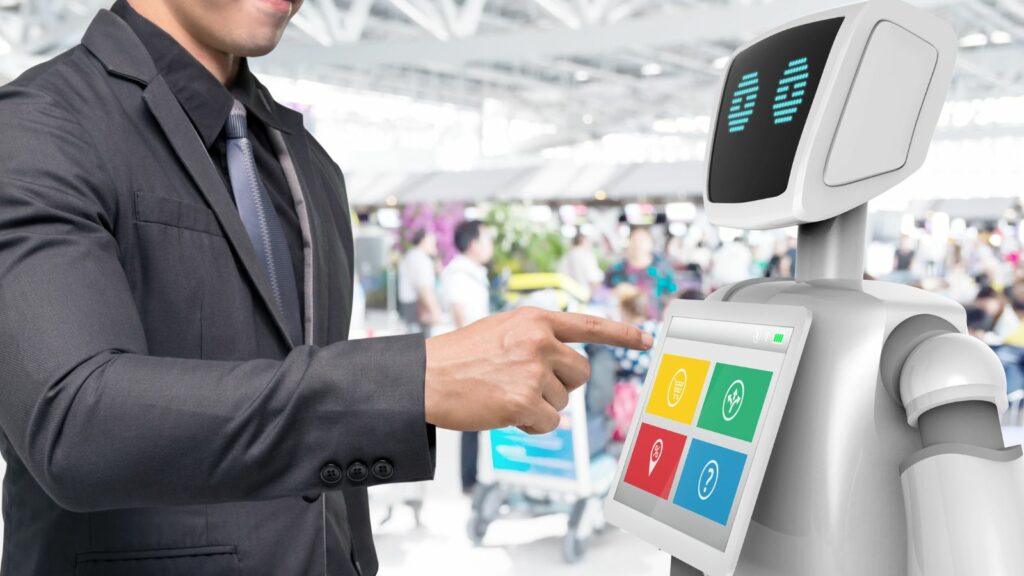In today’s fast-paced world, convenience is king. From food delivery apps to one-click shopping, it’s easy to get what you want when you want it. But here’s the catch: while convenience saves time, it often silently drains your wallet. Without even realizing it, you could be paying a premium for the luxury of ease. Let’s look closely at 20 surprising ways convenience culture might cost you more than you think.
Food Delivery Apps
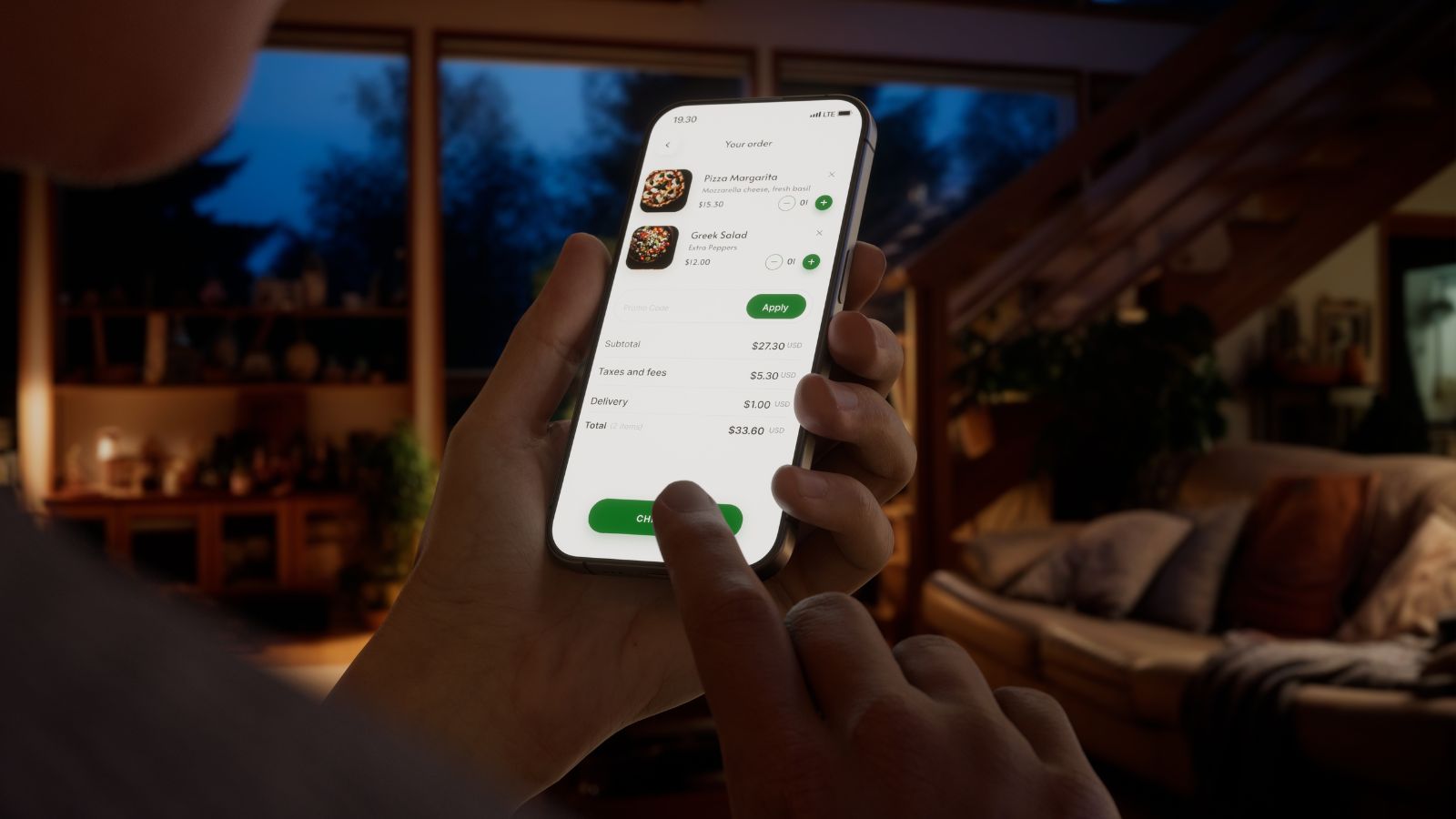
Ordering dinner at the tap of a screen is tempting, but those delivery apps come with hidden costs. Between delivery fees, service charges, and tips, your meal can cost 30% more than if you cooked it yourself or dined in. Do this often enough, and the dollars will increase rapidly.
Subscription Overload
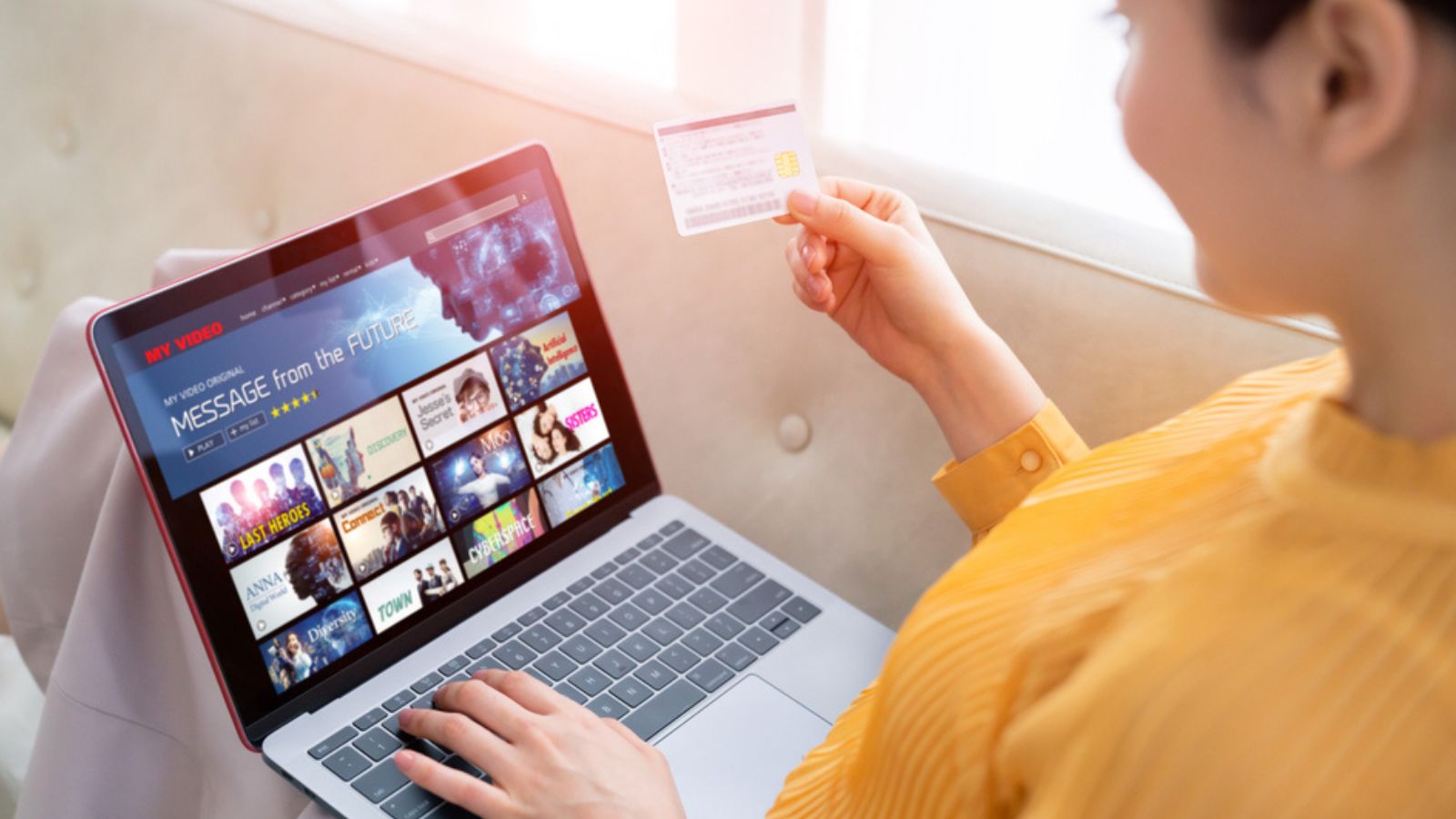
Streaming services, fitness apps, meal plans—subscriptions are everywhere. The problem? Many of us sign up and forget about them. Most people don’t even use half the subscriptions they pay for. Take a minute to review your monthly statements—you might be shocked by how much you’re spending on things you don’t use.
Prepackaged Groceries
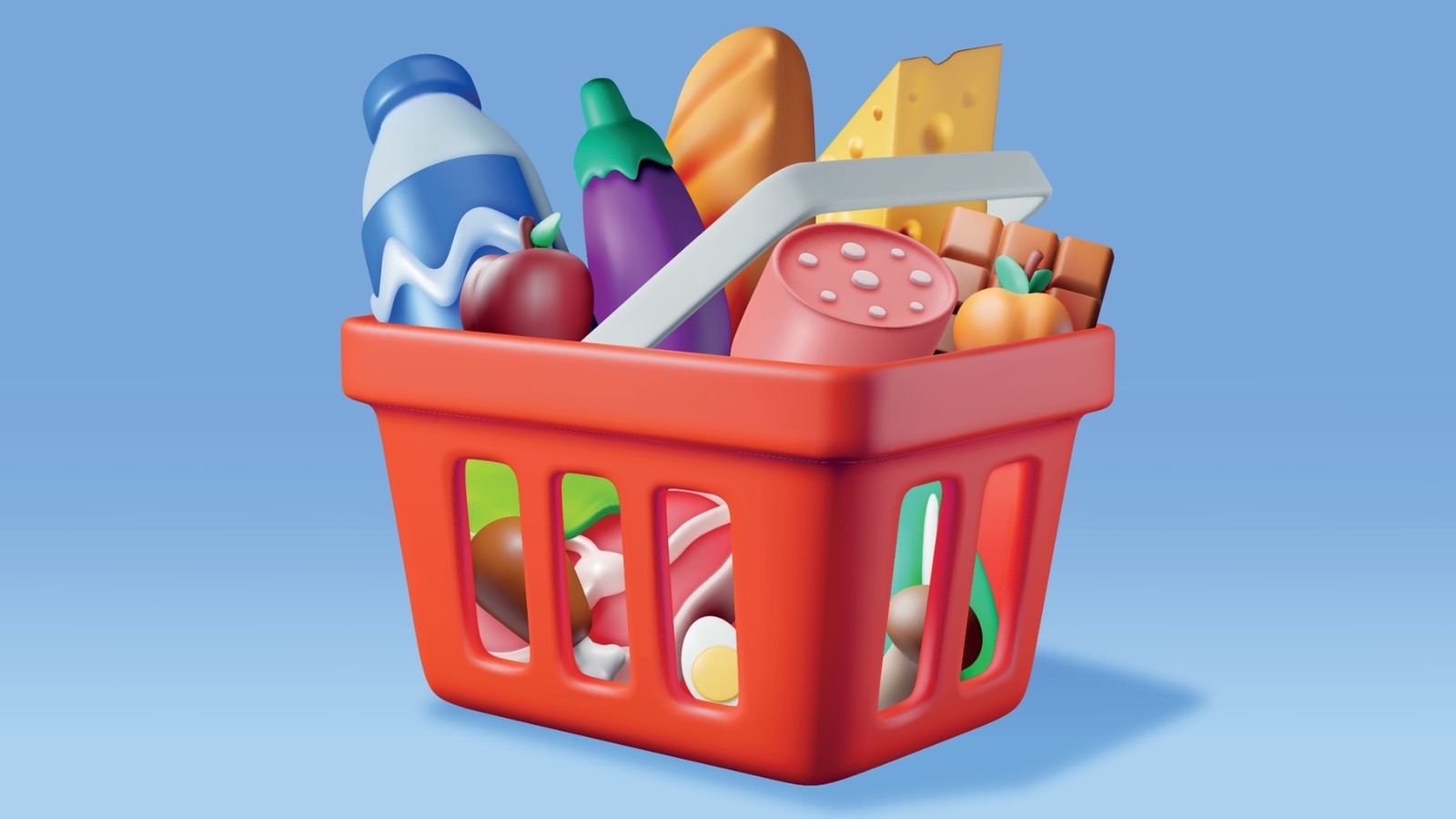
Pre-cut veggies and pre-marinated meats may save you time, but they have a hefty markup. These convenience items cost two to three times more than buying whole ingredients. Sure, they’re quick, but is the extra cost worth it?
Coffee On-the-Go
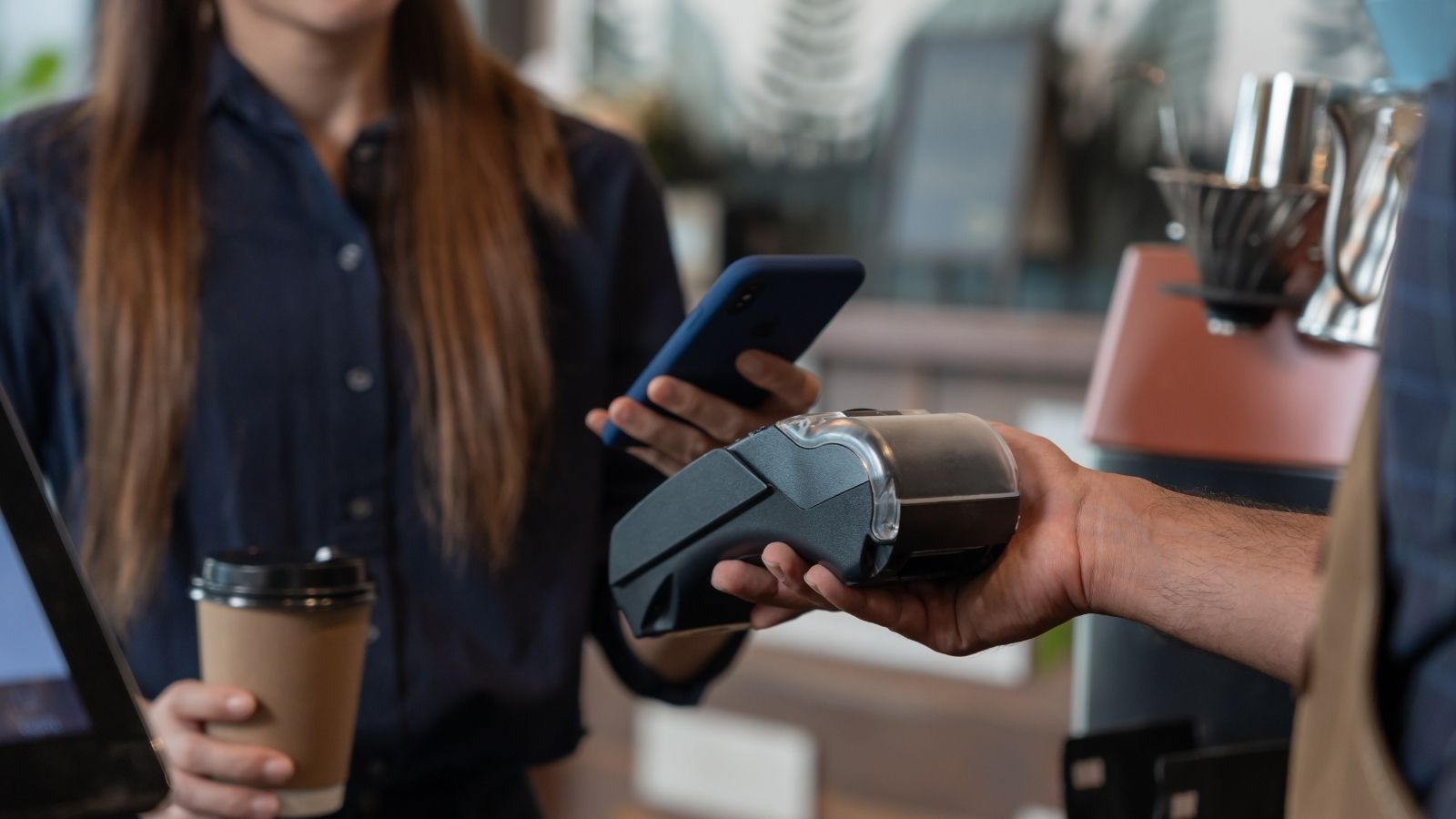
Grabbing a coffee on your way to work feels like a small treat, but those $5 lattes add up quickly. Over a year, this daily habit can cost over $1,800. Brewing coffee at home isn’t just cheaper—it can be just as satisfying, mainly if you invest in a good-quality coffee maker.
Ride-Sharing Apps
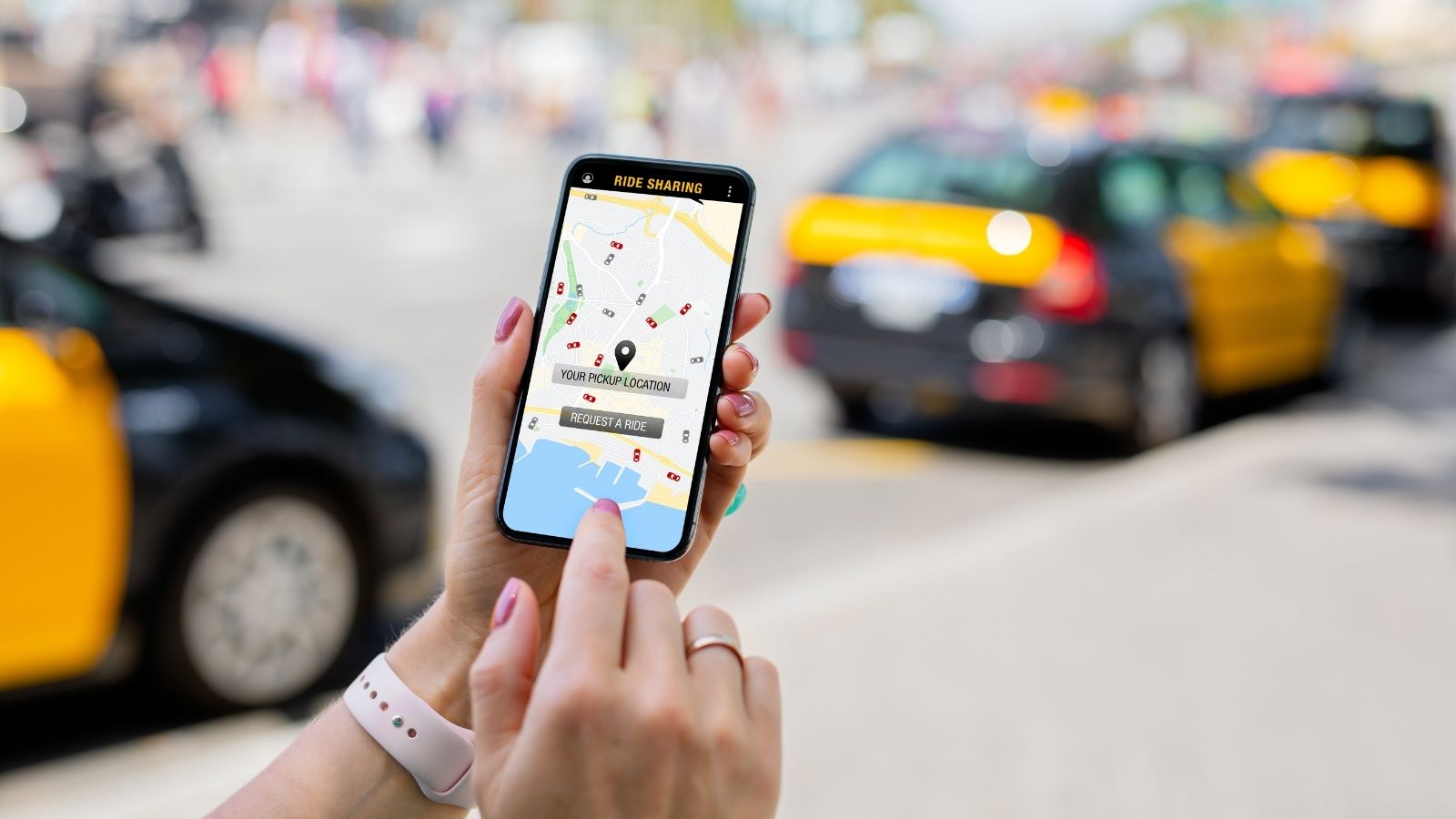
Uber and Lyft are great alternatives to car ownership, but the costs can increase. Surge pricing, booking fees, and frequent rides often make this option more expensive than you realize. If you’re a daily user, you might be spending more than the cost of maintaining a car.
Convenience Store Purchases

Running into a convenience store for a quick snack or a forgotten item might save you time, but you’re paying for that ease. Prices at convenience stores can be 50% higher than at a regular grocery store. Multiply that over the year, and it’s inconvenient for your wallet.
Meal Kit Services
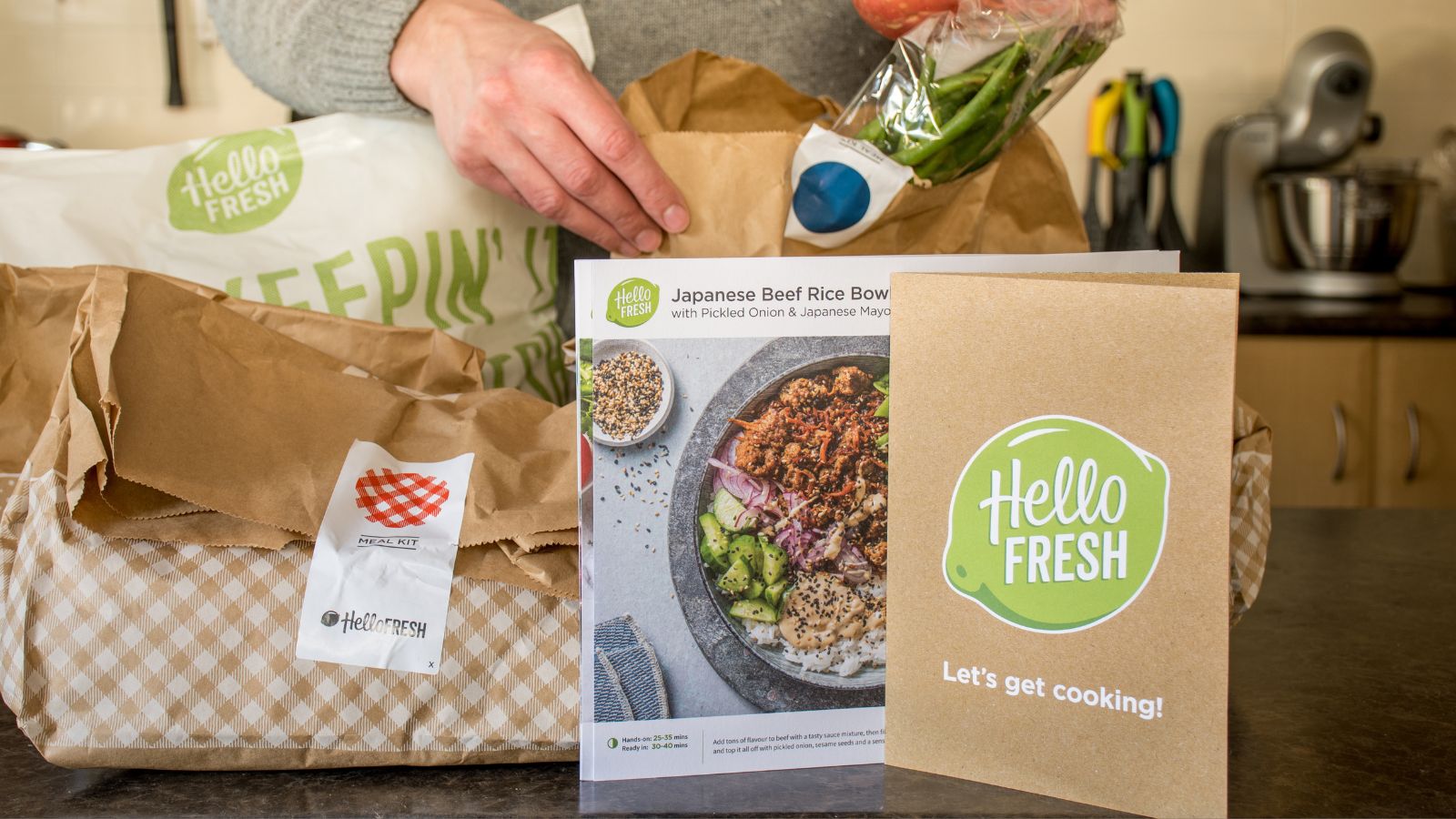
Meal kits like HelloFresh promise to simplify cooking with pre-measured ingredients and easy recipes. But they’re far more expensive than buying your groceries. If you’re using them regularly, you’re paying a premium for something you could easily do yourself with little planning.
Fast Fashion

Online stores offering trendy, affordable clothing are hard to resist. But these items are often low quality and wear out quickly, forcing you to replace them frequently. Investing in fewer, higher-quality pieces might seem expensive upfront, but it saves you money in the long run.
Drive-Thru Dining
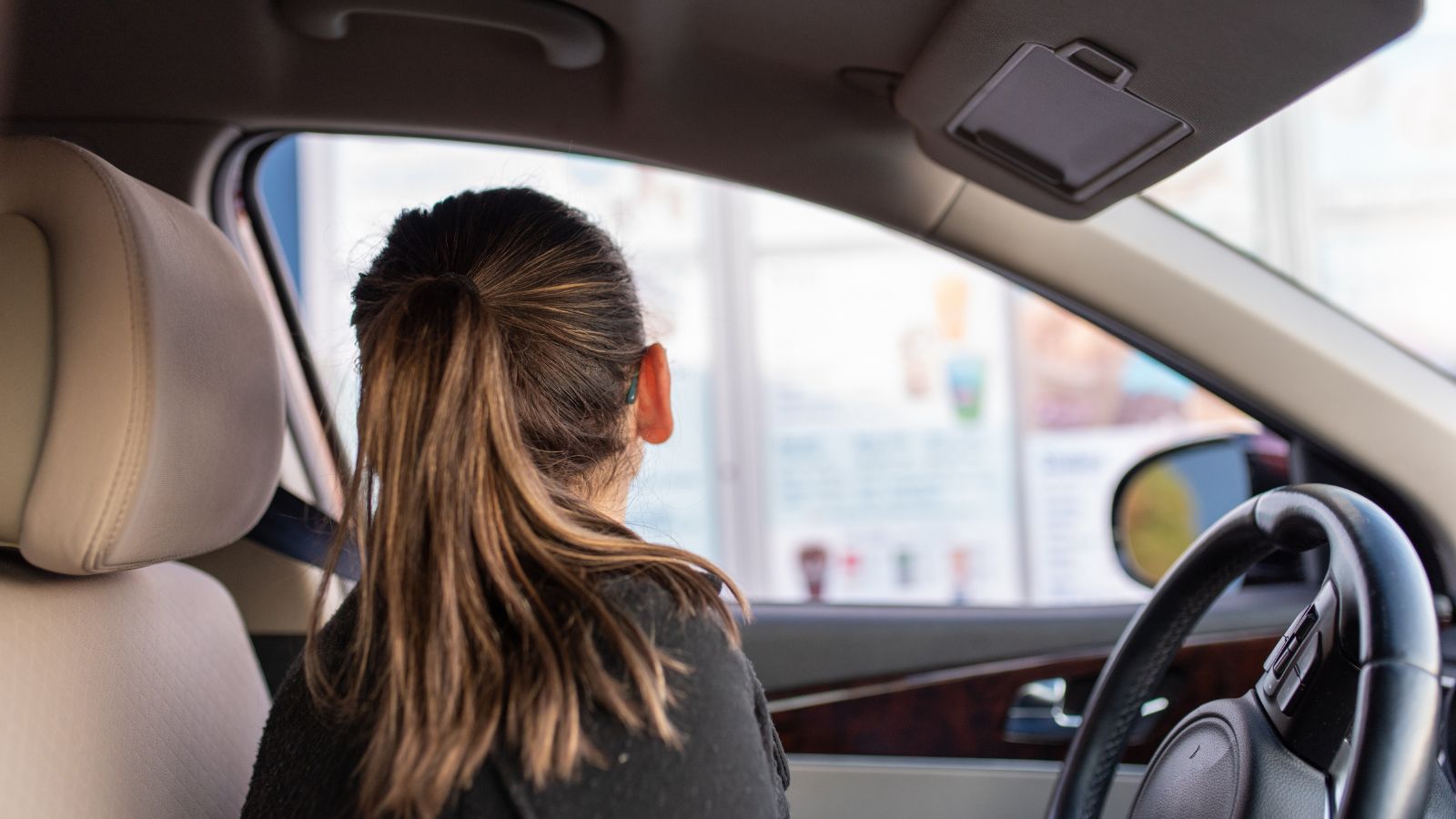
Fast food drive-thrus might feel like a lifesaver on busy days, but the costs increase over time. Not only are these meals more expensive than cooking at home, but they’re often less healthy, which can lead to added health expenses down the road.
One-Click Shopping
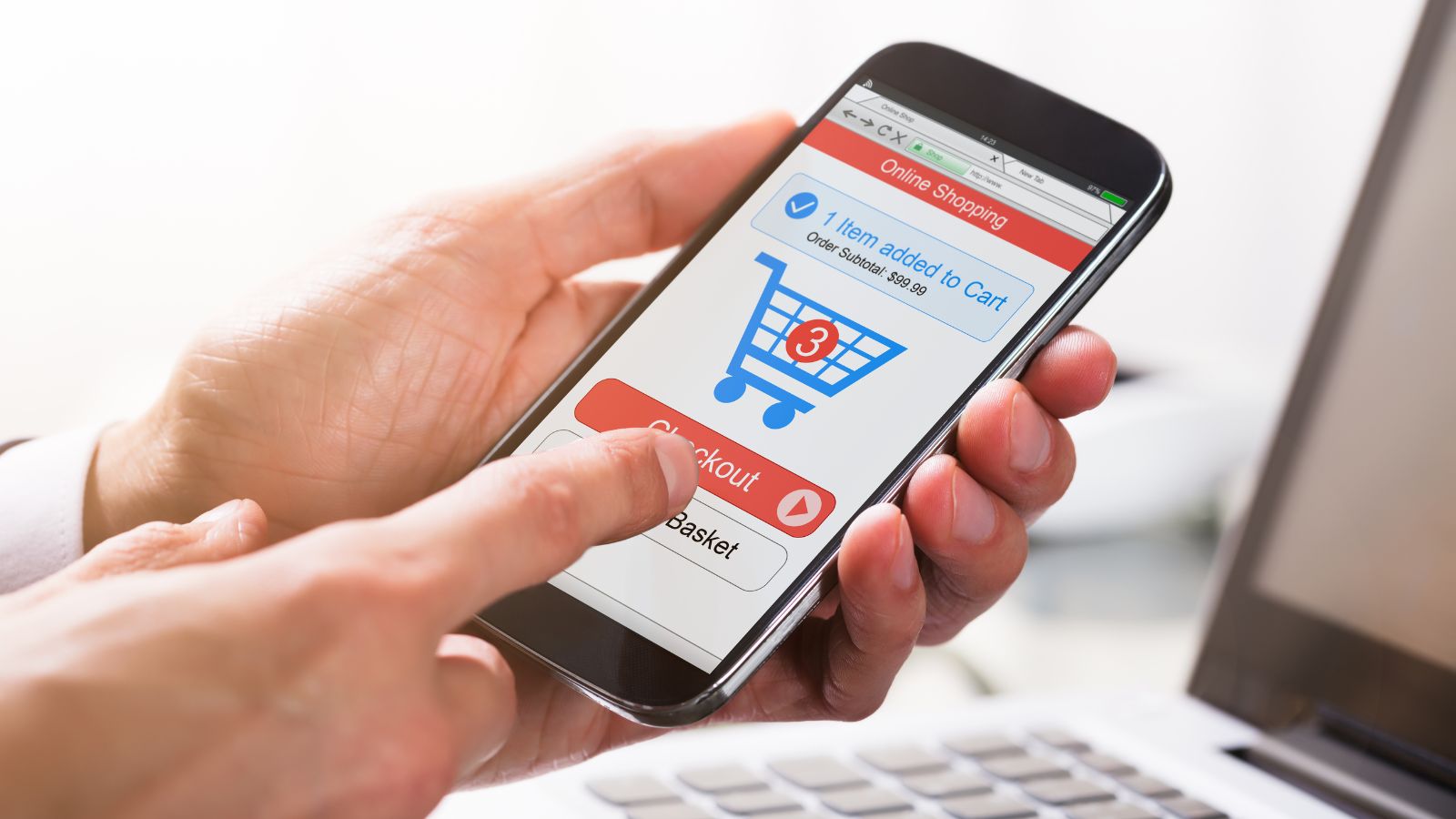
Retail giants like Amazon make it dangerously easy to shop. With one-click purchases and fast delivery, buying things you don’t need is easy. Those small, impulsive purchases might seem harmless, but they can add up to hundreds or thousands over time.
ATM Fees

Need quick cash? Using an out-of-network ATM might feel like no big deal, but fees of $3 to $5 per withdrawal can quickly add up. A little planning ahead can help you avoid these unnecessary charges altogether.
Online Grocery Delivery
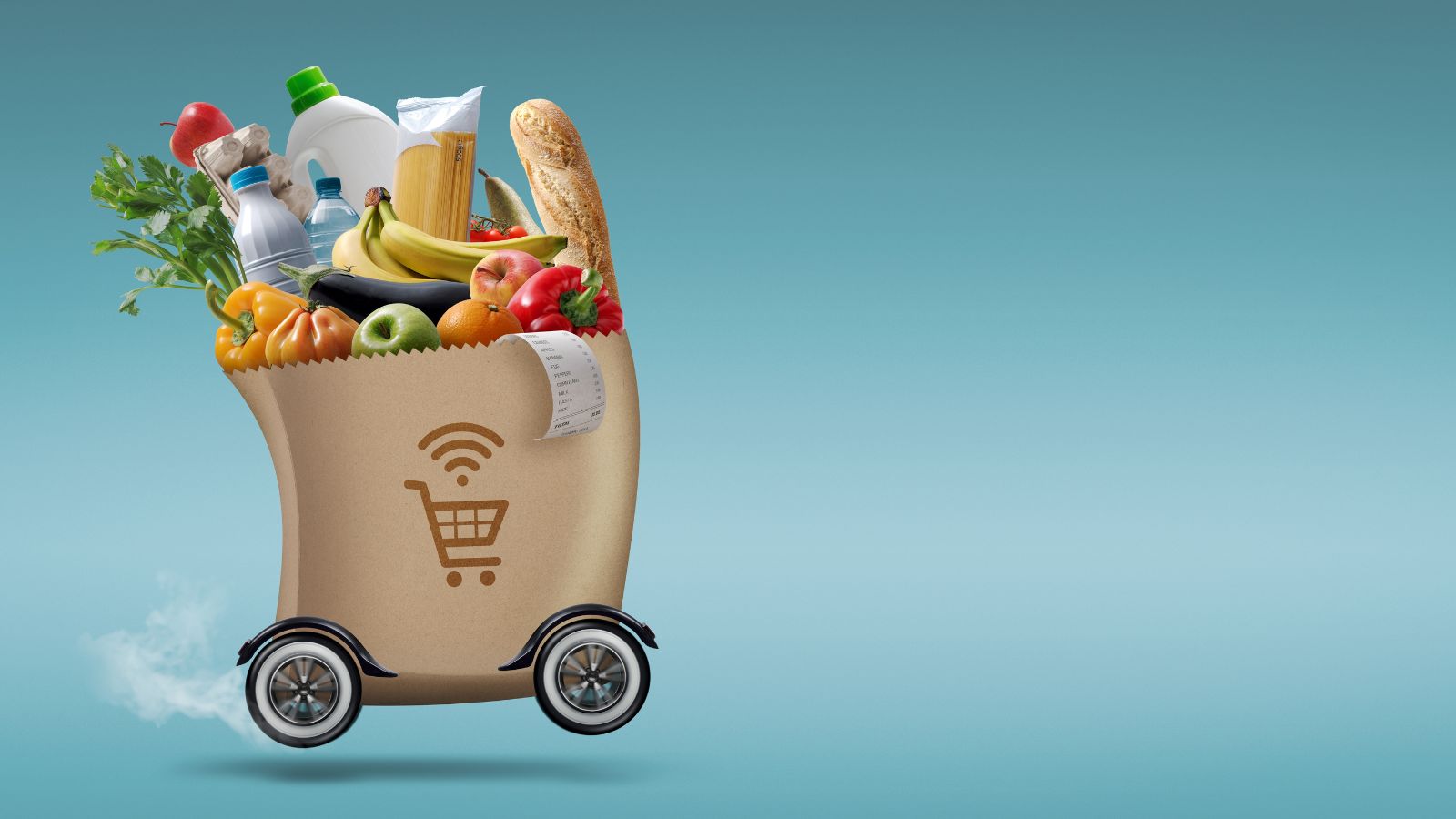
Services like Instacart and Amazon Fresh promise to save you time, but the convenience comes at a premium. Delivery fees, inflated prices, and tips can increase your grocery bill by 20% or more. Shopping in-store might take longer but will keep more money in your pocket.
Express Shipping

Waiting for your package can be challenging, but paying extra for expedited shipping adds up. If you’re frequently choosing express delivery, you’re likely spending hundreds annually to get your items a few days earlier.
Smart Home Devices
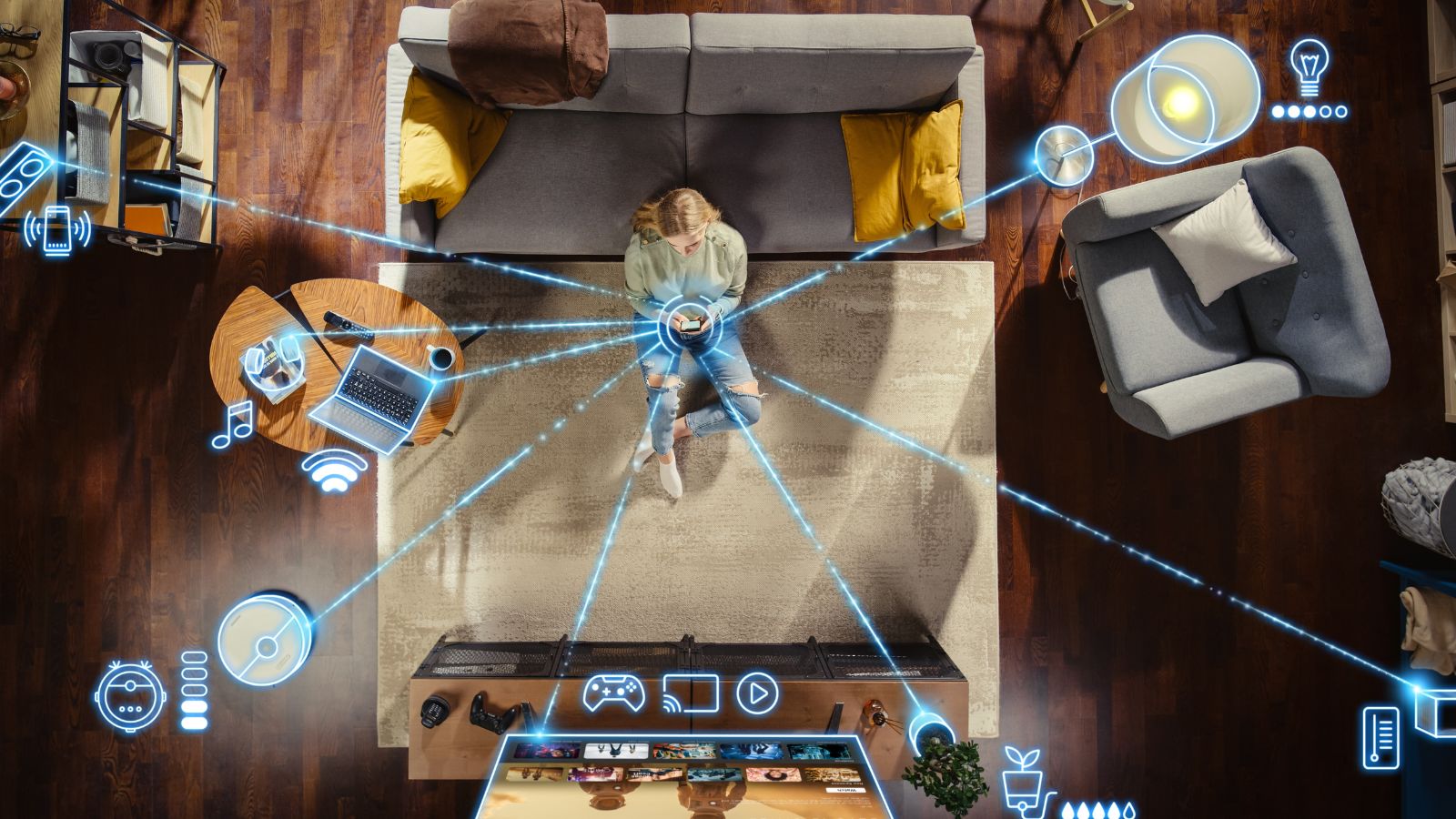
Smart home gadgets like Alexa or Google Home make life easier but not cheap. Beyond the upfront cost, many require ongoing subscriptions for premium features. Over time, the combined expenses might outweigh the convenience they bring.
Premium Gas Stations
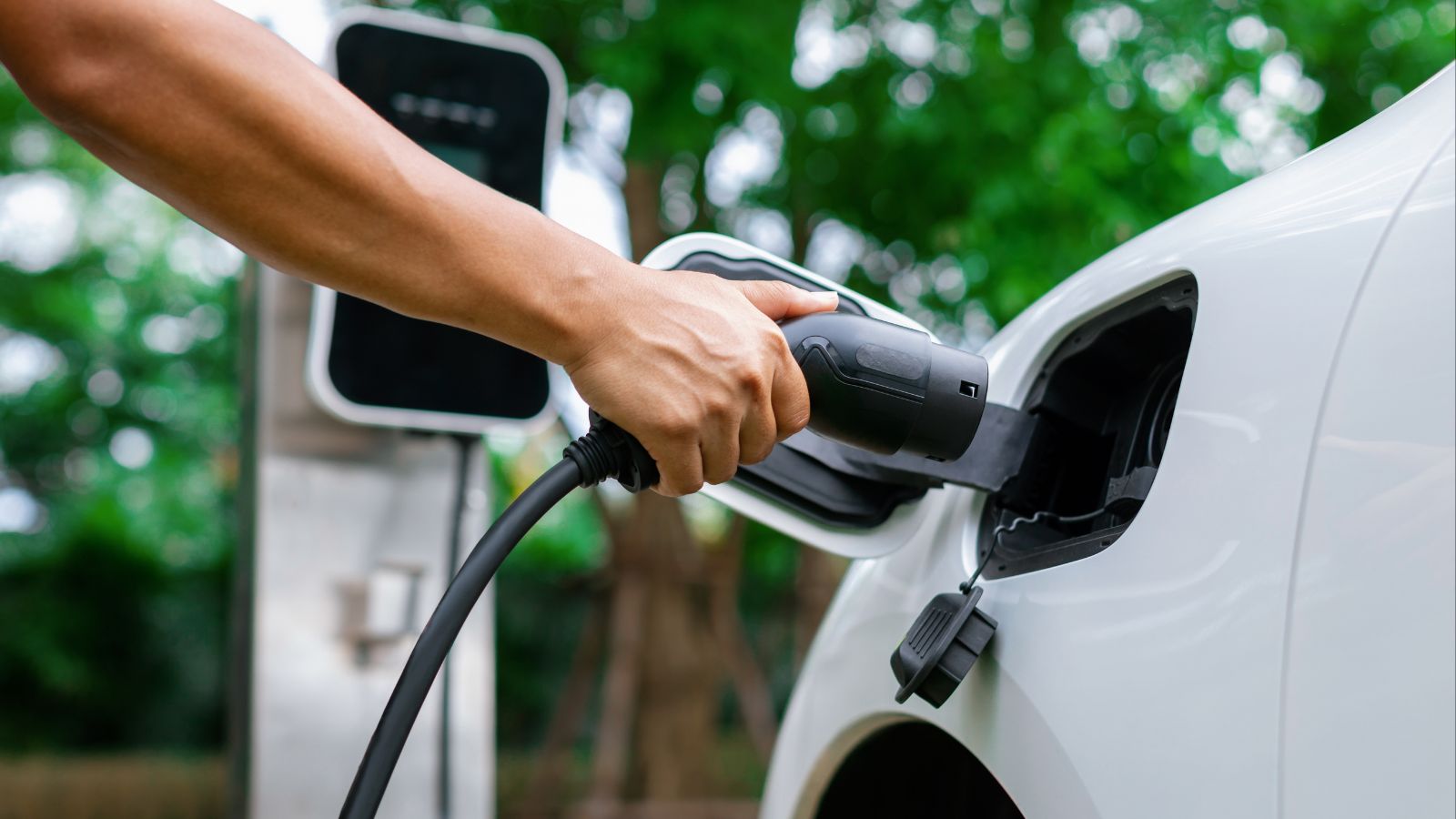
Stopping at a gas station conveniently located on your route might save a few minutes, but it often costs more. Membership-based stations like Costco can offer significantly cheaper fuel if you’re willing to plan.
Vending Machine Purchases
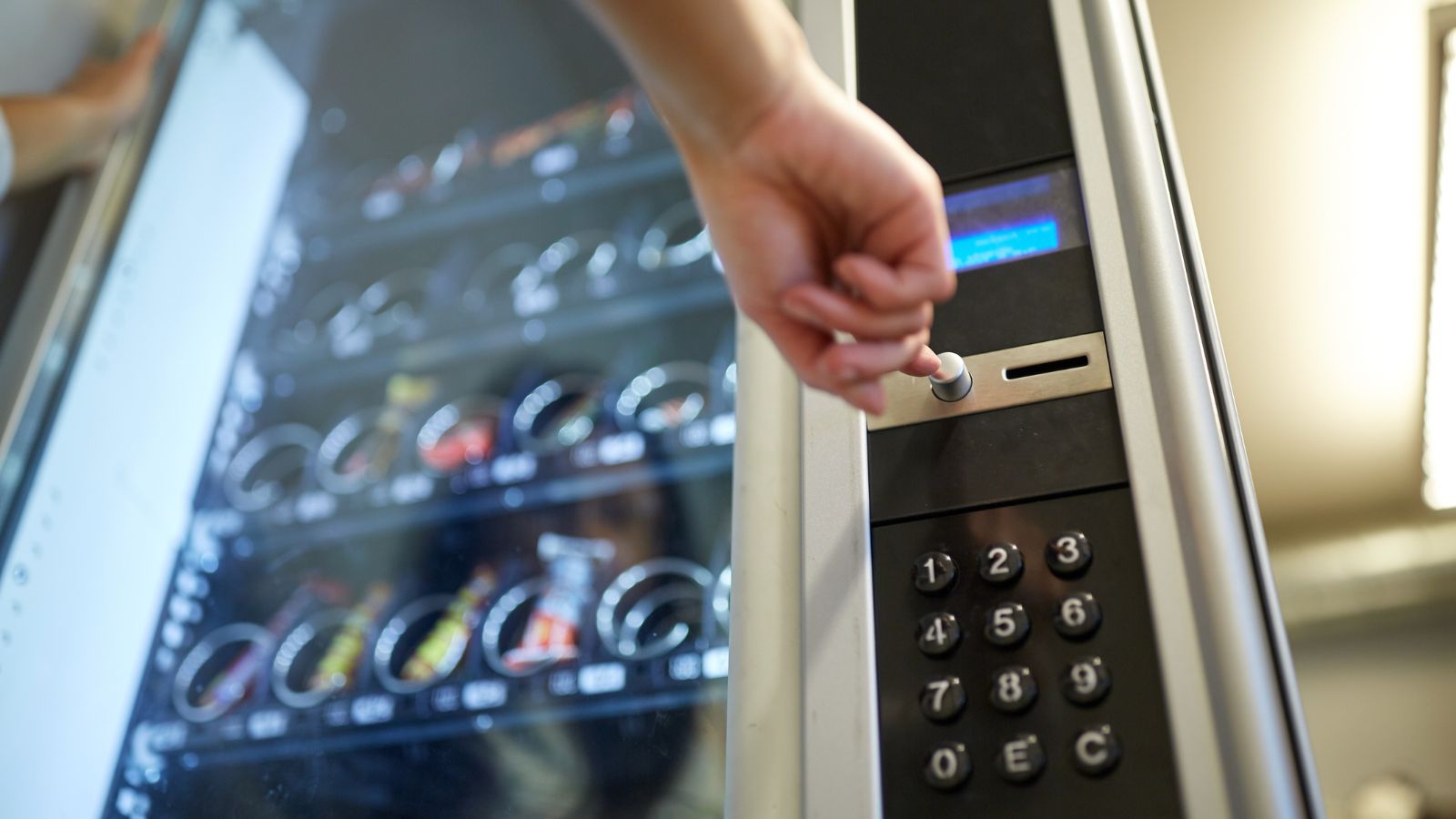
Vending machines are great for a quick snack fix, but the prices are steep. A soda or snack from a vending machine can cost two or three times what you’d pay at a grocery store. Keeping snacks handy can help you avoid these unnecessary costs.
Outsourced Household Tasks

Hiring cleaners, landscapers, or laundry services can save time, but it’s a significant expense. Regular outsourcing of these tasks can cost thousands each year. DIYing some of these chores can be a great way to save money and stay active.
Pre-Made Baby Food

Pre-packaged baby food is a lifesaver for busy parents, but it’s much pricier than making your own. With a blender and fresh ingredients, you can prepare nutritious meals for your little one at a fraction of the cost.
Health and Fitness Apps

Fitness and wellness apps offer guided workouts and health tips, but those monthly fees can quietly pile up. Many free alternatives or one-time payment apps provide similar value without the recurring cost.
Convenience Fees on Bills

Some companies charge “convenience fees” for paying bills online or by phone. While the fee might seem small, it can add up over time. Opting for free payment methods like direct bank transfers can save you money.
Conclusion
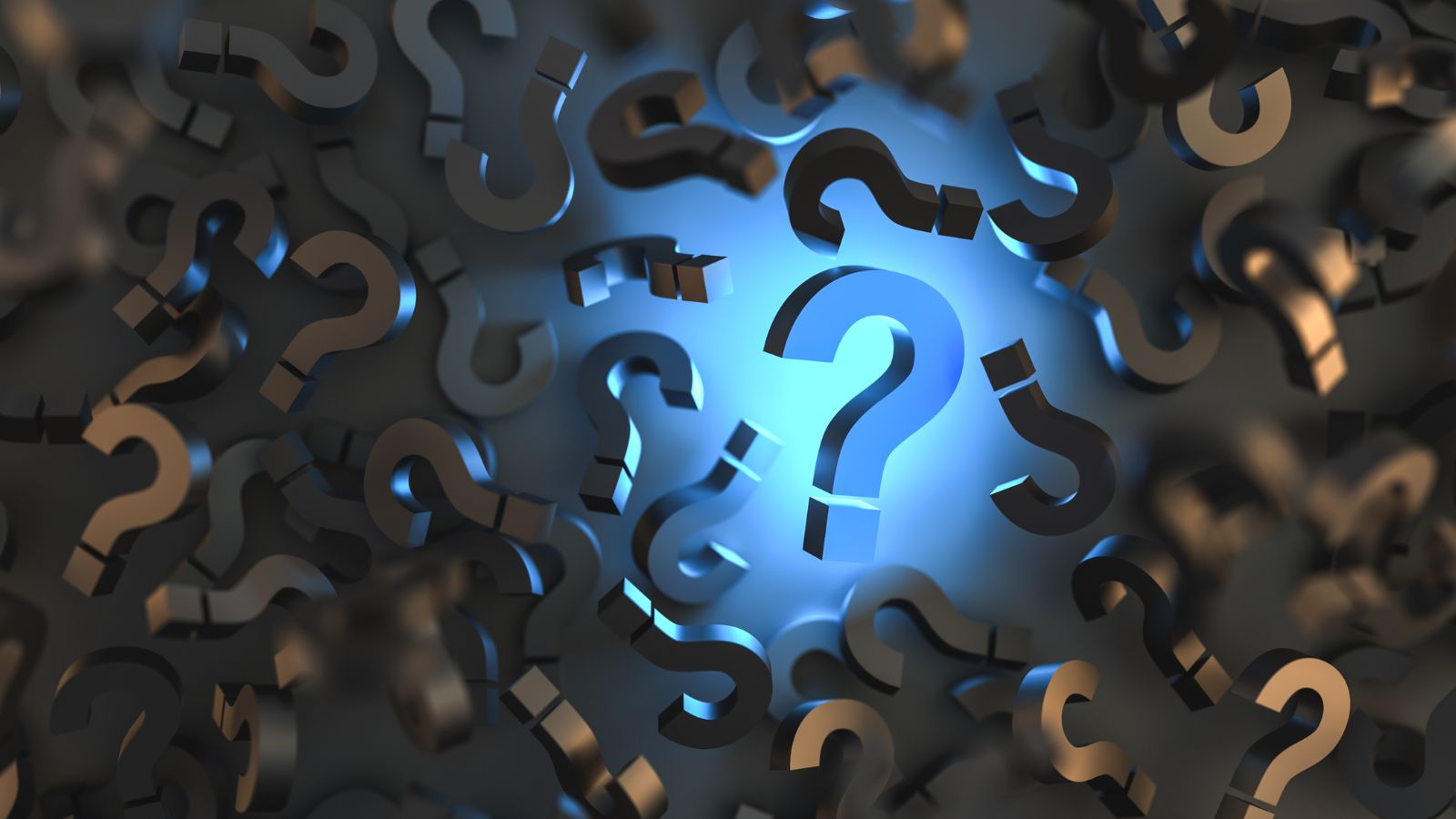
Convenience culture makes life easier, but it often comes with hidden costs. By closely examining your spending habits, you can identify where small changes could lead to significant savings. Reclaiming control over your finances doesn’t mean giving up convenience entirely—it’s about making more intelligent choices. Ready to rethink your habits? Your wallet will thank you.
20 Reasons Why Wealthy Investors Are Looking At The Caribbean

The Caribbean has long been known for its stunning landscapes and vibrant culture, but in recent years, it has also become an attractive destination for wealthy investors. The region offers numerous financial, economic, and lifestyle advantages that appeal to high-net-worth individuals seeking opportunities. Here are 20 reasons why the Caribbean has captured the attention of the global investment community.
20 Reasons Why Wealthy Investors Are Looking At The Caribbean
